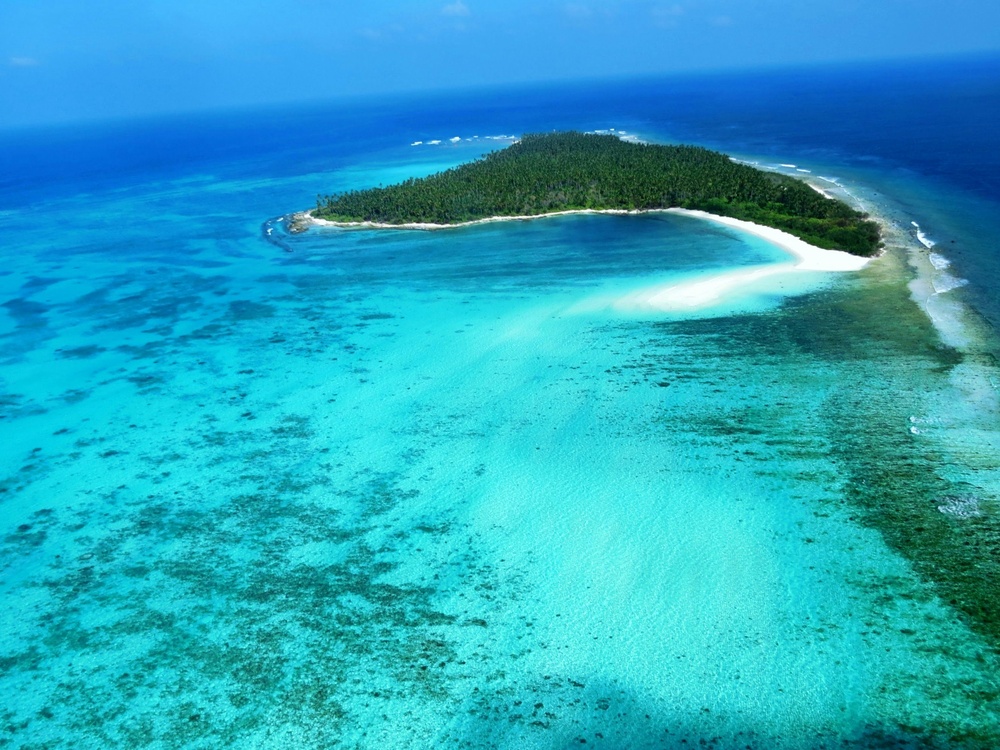Tourism in Goa is synonymous with golden beaches, swaying palms, vibrant nightlife, Portuguese heritage, and a laid-back vibe that attracts travellers from across the world. Known as the Pearl of the Orient, Goa offers a perfect mix of relaxation, adventure, culture, and gastronomy, making it India’s most sought-after beach destination.
One of the biggest highlights of tourism in Goa is its beaches. North Goa is famous for its lively beaches like Baga, Calangute, Candolim, and Anjuna, which bustle with shacks, water sports, shopping stalls, and beach parties. Baga and Calangute are ideal for jet skiing, banana boat rides, parasailing, and enjoying seafood at beach shacks like Britto’s or Souza Lobo. Anjuna Beach is known for its Wednesday flea market and trance parties that continue the hippie legacy from the 1960s.
South Goa, on the other hand, offers serene and less crowded beaches like Palolem, Agonda, Colva, and Butterfly Beach. Palolem Beach, with its crescent shape and calm waters, is perfect for kayaking and dolphin spotting, while Agonda offers a peaceful retreat with beachfront cottages and yoga centres. These beaches make tourism in Goa a rejuvenating experience for travellers seeking solitude away from commercial hubs.
Goa’s rich Portuguese heritage is another important aspect of its tourism. Old Goa, a UNESCO World Heritage Site, houses magnificent churches like Basilica of Bom Jesus, which enshrines the mortal remains of St. Francis Xavier, and Se Cathedral, the largest church in Asia. The Church of St. Francis of Assisi, with its ornate interiors, and the Chapel of St. Catherine are other architectural marvels reflecting Portuguese influence.
Panaji, the capital city, is known for its colonial-era Latin Quarter called Fontainhas. Walking through its colourful narrow lanes lined with old Portuguese homes, art galleries, bakeries, and cafes gives a glimpse into Goa’s unique Indo-Portuguese culture. The Immaculate Conception Church overlooking Panaji and the nearby 18th June Road market are popular spots among tourists.
Tourism in Goa is also incomplete without experiencing its vibrant nightlife. North Goa, especially Baga, Anjuna, and Vagator, is dotted with clubs, beach parties, and pubs like Titos, Mambo’s, LPK Waterfront, and Hilltop Vagator known for trance music festivals. South Goa offers quieter options like silent headphone parties at Palolem Beach, providing a unique nightlife experience under the stars.
Goa is famous for its festivals and culture, adding depth to its tourism appeal. The Goa Carnival, celebrated in February with colourful parades, music, dance, and floats, reflects its colonial past and festive spirit. Christmas and New Year are celebrated with grand midnight masses, decorated churches, beach parties, and fireworks, attracting tourists globally. Sao Joao, the monsoon fertility festival where locals jump into wells and ponds, and Shigmo, the spring festival with folk dances and processions, are other vibrant events.
Water sports and adventure tourism in Goa attract thrill-seekers year-round. Apart from beach activities, travellers can try scuba diving and snorkelling at Grande Island to witness colourful marine life and shipwrecks. Kayaking through Sal backwaters, windsurfing, wakeboarding, flyboarding, and sailing on luxury yachts are experiences that make tourism in Goa adventurous and memorable.
Wildlife enthusiasts can explore Bhagwan Mahaveer Wildlife Sanctuary and Mollem National Park, home to Dudhsagar Falls, a four-tiered waterfall cascading dramatically through dense forests. The falls are accessible via jeep safaris through the jungle, especially during monsoon, and remain one of the most popular attractions in Goa tourism.
Another unique experience under tourism in Goa is visiting its spice plantations around Ponda. Guided tours explain cultivation of spices like cardamom, pepper, vanilla, nutmeg, and clove, ending with traditional Goan meals served on banana leaves, adding a rustic charm to the trip.
Goa’s cuisine forms a crucial part of its tourism allure. Influenced by Konkani and Portuguese flavours, dishes like Goan Fish Curry Rice, Prawn Balchao, Pork Vindaloo, Chicken Cafreal, Bebinca (layered coconut dessert), and fresh seafood served at beach shacks leave travellers craving for more. Local markets offer authentic cashew nuts, Feni (traditional liquor), bebinca, and kokum products as souvenirs.
For spiritual and wellness seekers, Goa offers yoga retreats and meditation centres, especially in Palolem, Agonda, and Mandrem, where classes are conducted by certified trainers amidst peaceful surroundings, making tourism in Goa a holistic experience.
In recent years, eco-tourism and heritage homestays have gained popularity, with travellers choosing village stays in areas like Aldona, Chandor, and Siolim to experience authentic Goan life, traditional music, pottery, and fishing practices while supporting local communities.
Tourism in Goa is also witnessing growth in cycling tours, heritage walks, and backwater cruises along River Mandovi. Sunset cruises with Goan folk performances, dinner cruises, and casino cruises add a unique dimension to the Goa tourism experience.
In conclusion, tourism in Goa is a blend of beaches, heritage, nightlife, spirituality, and gastronomy. Whether you wish to relax by the Arabian Sea, party till dawn, explore centuries-old churches, dive into turquoise waters, or savour spicy Goan delicacies, Goa offers it all with its trademark susegad (relaxed) spirit. A trip to Goa is not just a holiday; it is a celebration of life, culture, and freedom that leaves every traveller rejuvenated and longing to return.
